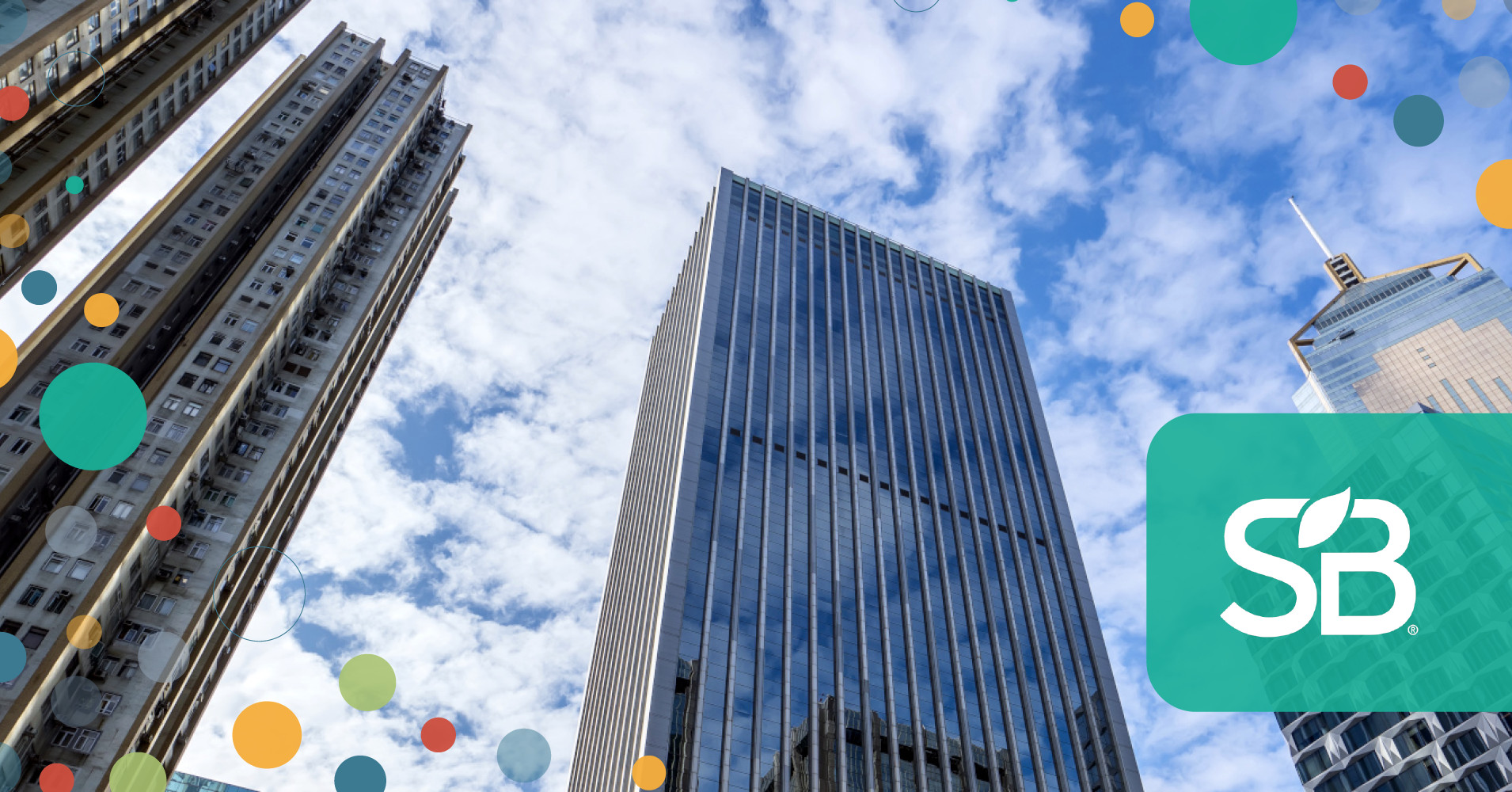Joanna Giovanoli
Published 10 hours ago.
About a 3 minute read.
Image: Dow/Adobe Stock
Sponsored Content
/ This article is sponsored by
Dow.
Although some return-to-office policies might still be met with resistance,
employees and employers can feel better about returning when buildings are safer
and more sustainable — thanks to advancements in materials science.
As the push for return to office continues, corporate tenants are evaluating
their real estate options and “increasingly seeking spaces that align with their
own ESG goals,” according to global commercial real estate
firm JLL.
What does this mean, exactly? In addition to meeting building codes and
standards, many tenants are looking for low-carbon properties that are also
water and energy efficient. For example, when compared to traditional buildings,
the development of green
buildings
has been found to reduce water consumption by 20-30 percent and CO2 emissions by
up to 35 percent
At Dow, we know that creating such structures requires
high-quality materials and that advancements in materials science are laying the
foundation for safe, sustainable spaces — including offices.
Consider the various elements that make up a building — there is potential to
make each safer and more sustainable, and Dow is working to do just that.
Wires and cables
Cable jacketing is generally made of halogenated materials, due to their flame-retardant properties. However, when these materials are exposed to flame, they produce toxic fumes and can affect critical electronic components — which can harm building occupants and first responders. Switching to halogen-free flame-retardant materials
can reduce the dangerous impacts of halogenated materials and enhance fire
safety in buildings.
Pipes
Another vital component of buildings, pipes help circulate and
drain numerous liquids into and out of buildings. But as pipes age, they
become increasingly vulnerable to corrosion and leaks — which can compromise
their structural integrity and performance. Damaged or broken pipes can lead
to expensive and dangerous problems including reduced water pressure,
flooding and electrocution.
This is why traditional materials such as galvanized steel are being
replaced with alternatives such as **high-density polyethylene** (**HDPE**)
— which is more flexible than galvanized steel, copper and other rigid
materials used in piping. [**HDPE
resins**](https://www.dow.com/en-us/brand/continuum.html) offer safe and
efficient water delivery — supporting seamless, virtually leak-free systems
that help reduce water loss. The polyethylene pipe industry estimates HDPE
pipes will last between 50 and 100 years, and this longevity translates to
replacement cost savings for generations to come.
Roofing
Topping our list is the roof — one of the most important parts
of a building as it maintains a property’s structural integrity and protects
occupants from the elements. Building standards in certain climate zones now
include roof-reflectance
requirements
— or the minimum level of solar reflectance a roofing material must have. To
address these new codes, roofing membranes are being created using the
formulation of PVC Ketone Ethylene Ester
(KEE) — which helps
deliver higher reflectance and thus help reduce the energy needed to cool
the building and, in turn, the emissions released into the atmosphere.
Another benefit is that as a non-migrating PVC plasticizer, KEE makes PVC
supple, pliable and durable — improving the longevity of roofs and reducing
environmental concerns such as liquid plasticizers leaching into the
environment.
Although some return-to-office policies might still be met with resistance,
employees and employers can feel better about returning when buildings are
safer and more
sustainable
— made possible by advancements in materials science and product innovations.
